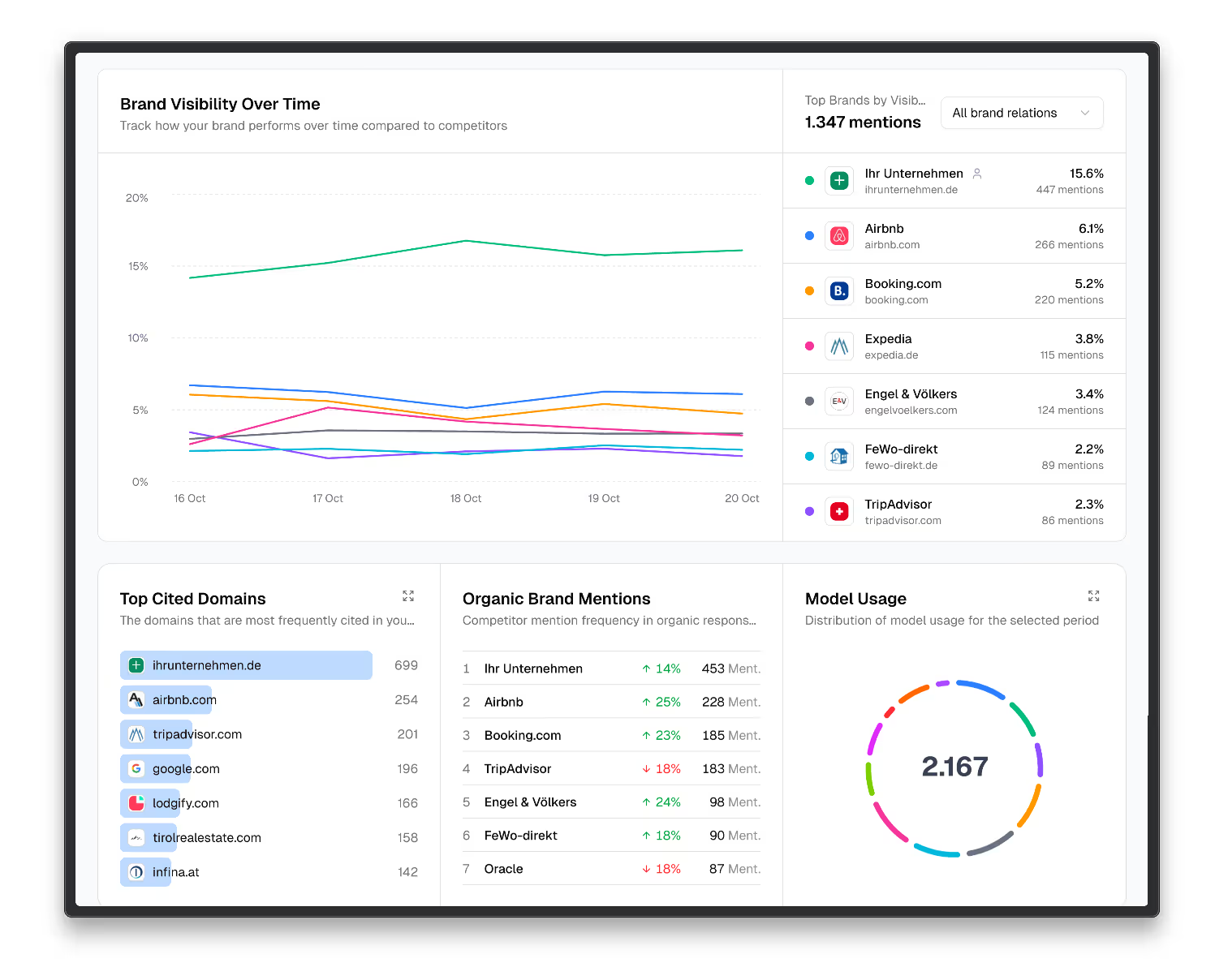Was sind Webformulare und welche Elemente enthalten sie?
Webformulare sind digitale Formulare, die auf Websites oder Webanwendungen verwendet werden, um Daten von Benutzern zu erfassen. Sie sind ein wichtiger Bestandteil der Benutzerinteraktion und werden für verschiedene Zwecke eingesetzt, wie z.B. das Sammeln von Kontaktinformationen, die Verarbeitung von Bestellungen, das Einholen von Feedback oder das Erfassen von Anmeldeinformationen. Webformulare bestehen aus verschiedenen Elementen, darunter Textfelder, Dropdown-Listen, Kontrollkästchen, Optionsfelder und Schaltflächen, die es Benutzern ermöglichen, Informationen einzugeben und an die Website zu senden.
Hier sind einige wichtige Aspekte und Elemente von Webformularen:
- Textfelder: Textfelder ermöglichen es Benutzern, Textinformationen einzugeben, z.B. Namen, Adressen oder Kommentare. Einzeilige Textfelder und mehrzeilige Textfelder (Textbereiche) können verwendet werden.
- Dropdown-Listen: Dropdown-Listen erlauben es Benutzern, aus einer Liste von Optionen auszuwählen. Sie sind nützlich, wenn es eine begrenzte Anzahl von Auswahlmöglichkeiten gibt.
- Kontrollkästchen: Kontrollkästchen ermöglichen es Benutzern, aus mehreren Optionen zu wählen, indem sie die Kästchen ankreuzen oder abwählen. Sie werden oft für Mehrfachauswahl verwendet.
- Optionsfelder: Optionsfelder erlauben es Benutzern, eine einzelne Option auszuwählen. Sie werden oft für Ja/Nein-Fragen oder die Auswahl einer einzelnen Option verwendet.
- Schaltflächen: Schaltflächen, wie "Absenden" oder "Zurücksetzen", ermöglichen es Benutzern, das Formular zu senden oder ihre Eingabe zurückzusetzen.
- Validierung: Webformulare können Validierungsregeln enthalten, um sicherzustellen, dass Benutzer korrekte Daten eingeben. Dies kann das Erfordernis von Pflichtfeldern, das Überprüfen von E-Mail-Adressen oder das Festlegen von Mindestlängen für Passwörter umfassen.
- Barrierefreiheit: Bei der Gestaltung von Webformularen ist es wichtig, sicherzustellen, dass sie für Menschen mit Behinderungen zugänglich sind. Dies kann die Verwendung von beschreibenden Texten für Formularelemente, Tastaturnavigation und andere barrierefreie Designprinzipien umfassen.
- Speicherung und Verarbeitung: Die gesammelten Daten aus Webformularen müssen sicher und gemäß den Datenschutzbestimmungen verarbeitet werden.
- Benutzerfreundlichkeit: Die Benutzerfreundlichkeit von Webformularen ist entscheidend. Die Anordnung und Beschriftung der Formularelemente sollte benutzerfreundlich sein, um die Interaktion zu erleichtern.
- Sicherheit: Formulare sollten Sicherheitsmaßnahmen wie Schutz vor Cross-Site-Scripting (XSS) und Schutz vor Cross-Site Request Forgery (CSRF) implementieren, um böswillige Aktivitäten zu verhindern.
Webformulare sind eine wesentliche Möglichkeit, Informationen von Benutzern zu sammeln und mit ihnen zu interagieren. Eine effektive Gestaltung von Webformularen trägt zur Verbesserung der Benutzererfahrung bei und gewährleistet die korrekte Erfassung von Daten. Es ist wichtig, die besten Praktiken bei der Gestaltung von Webformularen zu beachten, um Benutzerfrustrationen zu minimieren und die Qualität der gesammelten Daten zu optimieren.
